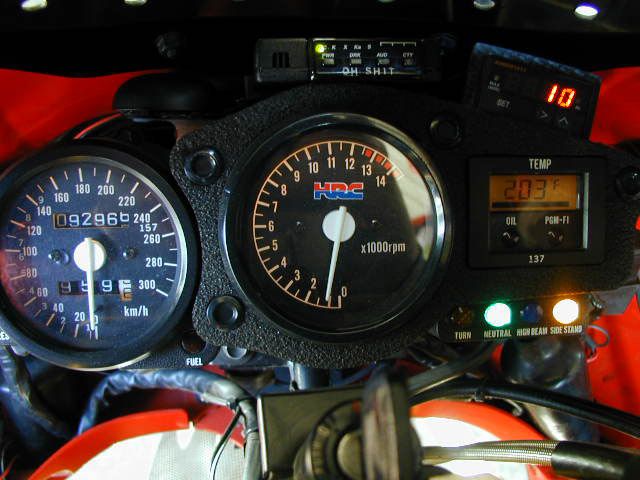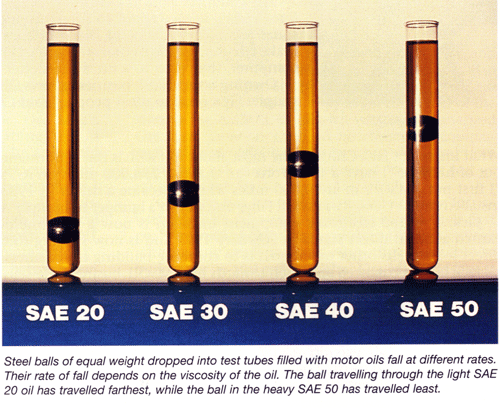Its real simple to run 1 bottle of the higher viscosity, for longevity.
Is a 10w/30 weight better than a 10w40 that shears to a 30 weight?
Like FK no!
30 weight is [censored] in a motorcycle no matter whether is came from shear or it doesn't. When it becomes a 30 weight ditch it.
Is a 10w/30 weight better than a 10w40 that shears to a 30 weight?
Like FK no!
30 weight is [censored] in a motorcycle no matter whether is came from shear or it doesn't. When it becomes a 30 weight ditch it.




